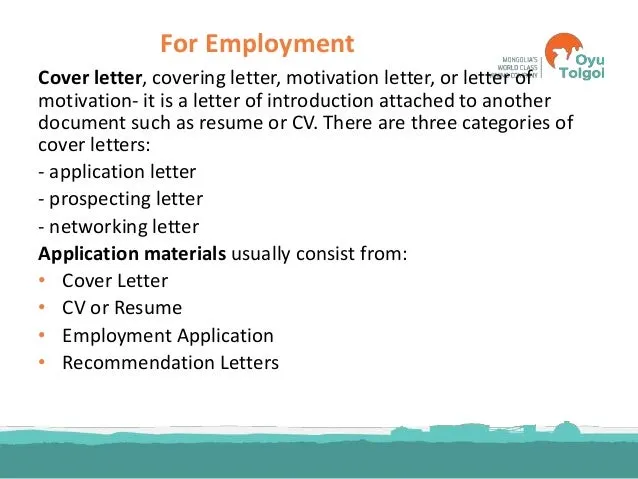What are Cover Letters and Personal Statements?
Both cover letters and personal statements are crucial documents in the application process, serving as introductions to your qualifications and aspirations. While they both aim to present you in the best light, they differ significantly in their purpose, content, and tone. Understanding these differences is key to crafting effective applications whether you are applying for a job, an academic program, or another opportunity. Each document serves a unique role and is tailored to the specific requirements of the application it accompanies. This overview sets the stage for a detailed exploration of each document’s key characteristics, helping you to confidently navigate the application landscape and maximize your chances of success.
Cover Letters
A cover letter is a formal document accompanying a resume when applying for a job. It’s your first opportunity to introduce yourself to a potential employer and highlight why you’re a suitable candidate for the specific role. Think of it as a concise summary of your skills, experience, and qualifications, tailored to the job requirements. It is designed to provide context to your resume, explaining why you are interested in the position and how your skills align with the company’s needs. The cover letter is a professional document and it’s essential for making a positive first impression, demonstrating your interest in the role, and showcasing your understanding of the company and the position.
Purpose of a Cover Letter
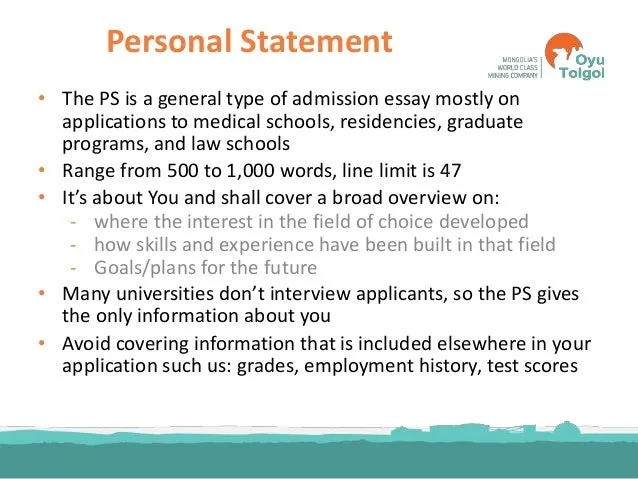
The primary purpose of a cover letter is to persuade the hiring manager to read your resume and consider you for an interview. It serves as a personalized introduction, allowing you to elaborate on your resume and demonstrate how your skills and experiences match the job requirements. A well-crafted cover letter goes beyond simply restating your resume; it tells a story about your career aspirations and explains why you are particularly excited about the opportunity. The cover letter is also an opportunity to showcase your communication skills, your attention to detail, and your understanding of the company’s values and goals. It highlights what you can bring to the table and your interest in the company and the role.
Key Components of a Cover Letter
A standard cover letter typically includes an introduction, body paragraphs, and a conclusion. The introduction should immediately capture the reader’s attention and state the position you’re applying for. The body paragraphs should provide specific examples of your skills and experience that align with the job description. This is where you demonstrate how your qualifications meet the company’s needs. Finally, the conclusion should reiterate your interest in the position and include a call to action, such as requesting an interview. It should always be tailored to the specific job and company and should demonstrate the value that you can bring. Always include your contact information.
Personal Statements
A personal statement is a narrative essay that provides a detailed account of your experiences, motivations, and goals. It’s a critical component of applications for academic programs, scholarships, and sometimes even jobs. Unlike a cover letter, a personal statement allows you to go beyond listing your accomplishments. The objective is to showcase your personality, values, and the reasons you are pursuing a particular opportunity. It offers you the space to reflect on your journey, highlight your strengths, and express your aspirations, making a strong case for why you are a good fit for the program or opportunity.
Purpose of a Personal Statement
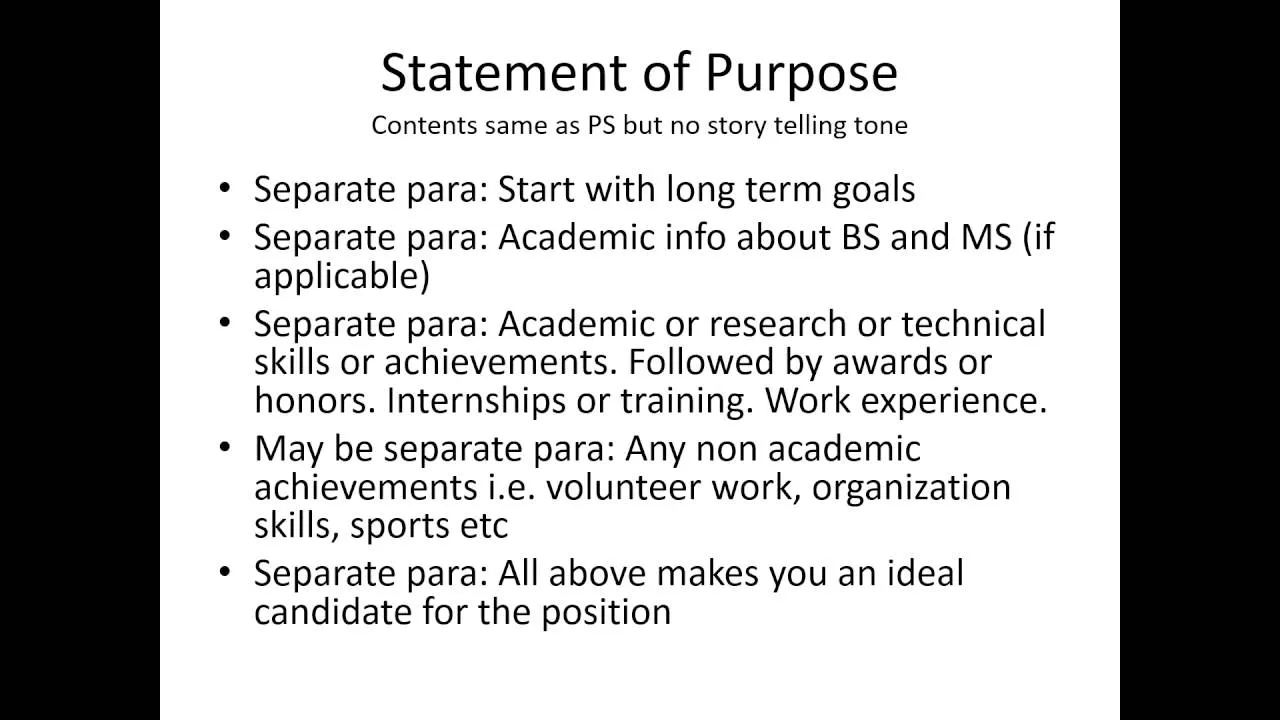
The primary purpose of a personal statement is to give the admissions committee or hiring manager a comprehensive understanding of who you are beyond your academic record or resume. It’s an opportunity to reveal your personality, values, and aspirations. It allows you to explain why you are interested in the program or opportunity, what you hope to achieve, and how your past experiences have prepared you for success. A personal statement humanizes your application, adding context and depth to your qualifications. It can also address any gaps or challenges in your background. Ultimately, it’s about showing why you are a unique and compelling candidate.
Key Components of a Personal Statement
A strong personal statement typically starts with a compelling introduction that grabs the reader’s attention. The body paragraphs should elaborate on your experiences, skills, and motivations, providing specific examples to support your claims. You should discuss your goals, highlighting what you want to achieve and how the program or opportunity aligns with your aspirations. The conclusion should summarize your key points and leave a lasting impression, reinforcing your suitability and commitment. The language is generally more conversational, as it should show your personality. It’s an opportunity to showcase your writing skills, your ability to reflect on your experiences, and your vision for the future.
Personal Statement vs Cover Letter Differences
The differences between a personal statement and a cover letter are considerable. They vary in purpose, focus, and tone, reflecting their distinct roles in the application process. Understanding these differences is crucial for preparing effective documents. Each has its own conventions and expected content, so it’s important to know which to use for your situation.
Purpose and Audience
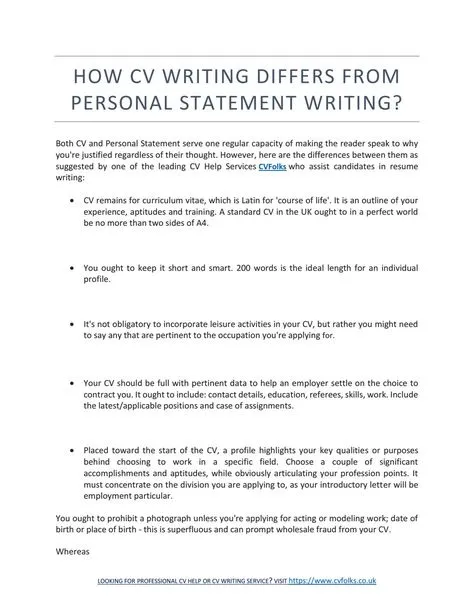
A cover letter primarily aims to persuade an employer to consider you for a specific job. The audience is typically a hiring manager or HR department. A personal statement seeks to convince an admissions committee or scholarship board that you are a suitable candidate for a specific program or opportunity. The audience here consists of academics and/or reviewers. The former is focused on getting a foot in the door for an interview, while the latter is focused on revealing your motivations and aspirations.
Content and Focus
Cover letters highlight relevant skills, experiences, and qualifications that align with the job description, using a professional tone. They provide a brief overview of your achievements and how you meet the employer’s needs. Personal statements delve deeper into your background, motivations, and goals. They allow you to showcase your personality, reflect on your experiences, and demonstrate why you are passionate about the program or opportunity. The cover letter is results-oriented; the personal statement is narrative.
Structure and Tone
Cover letters follow a formal structure, emphasizing professionalism and concise communication. The tone is typically formal and business-oriented. Personal statements have a more flexible structure and narrative approach, allowing you to express your personality and use a more conversational tone. The tone is often more personal and reflective, encouraging you to connect with the reader on a deeper level. It’s an opportunity to showcase your writing skills and your unique perspective.
When to Use Each
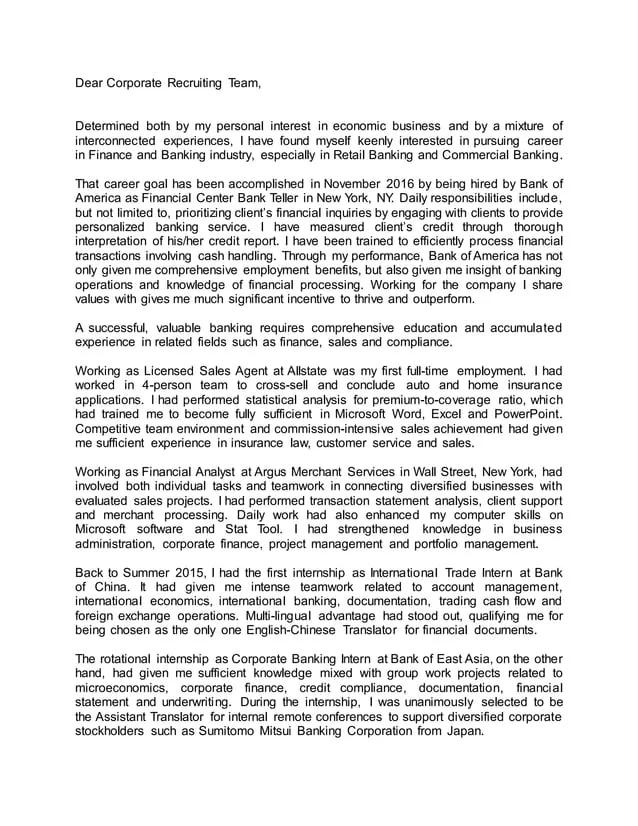
Knowing when to use a cover letter or a personal statement is critical for making a strong application. The choice depends on the specific requirements of the opportunity. Using the wrong document or confusing the two can undermine your chances of success. It is important to understand the context and requirements of your application.
When to Use a Cover Letter
You should always use a cover letter when applying for a job. It’s a standard requirement for most job applications. A cover letter provides the opportunity to introduce yourself, explain your interest in the role, and highlight your qualifications. Use it when submitting your resume to a potential employer. If the job posting specifically requests a cover letter, it’s essential to provide one. Failing to do so may lead to your application being immediately rejected. Always customize your cover letter to match the requirements and culture of the company.
When to Use a Personal Statement
You should use a personal statement when applying for academic programs, scholarships, fellowships, and sometimes, specific job positions that require a more in-depth account of your motivations and goals. It’s a key component of applications for graduate programs, such as master’s and doctoral degrees. Use it when submitting an application to a school, a scholarship committee, or an employer who is requesting a personal narrative. If the application guidelines ask for a statement of purpose, an essay, or a similar document, a personal statement is usually required. Always follow the specific prompts and instructions provided by the application.
Tips for Writing Each Document
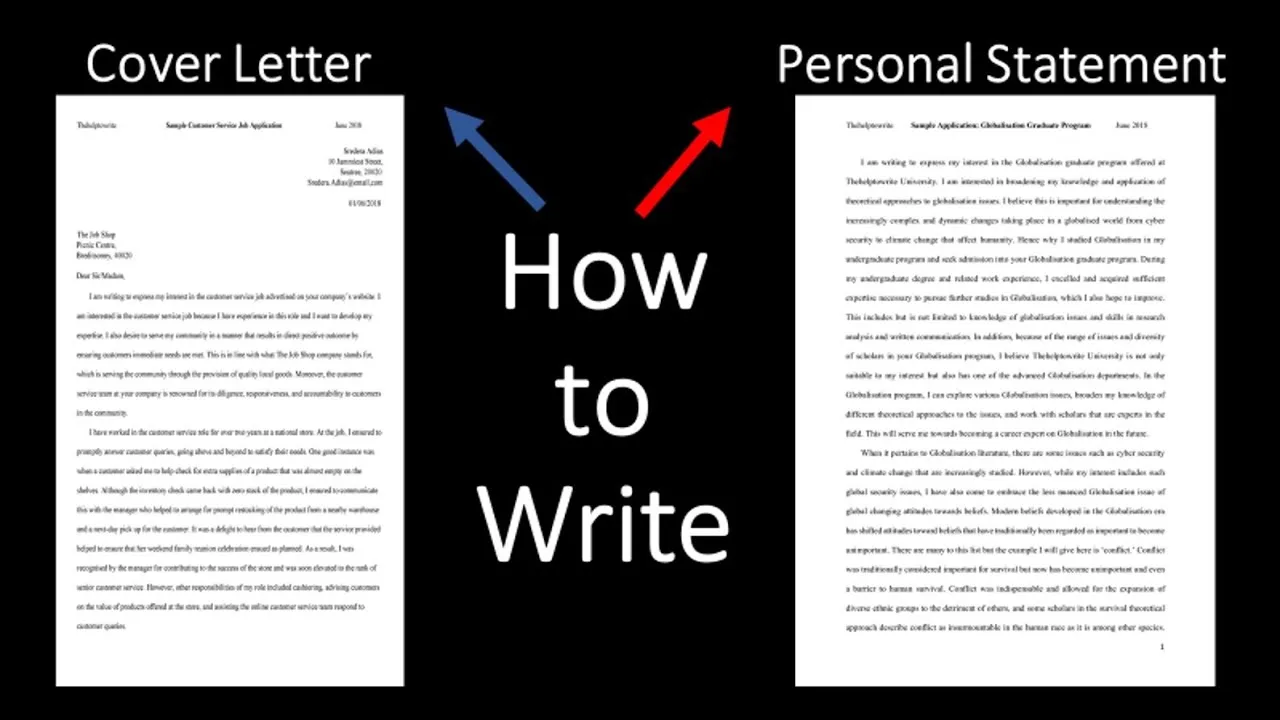
Crafting a compelling cover letter or personal statement involves careful planning and execution. Following these tips will help you create effective documents that showcase your strengths and increase your chances of success.
Cover Letter Writing Tips
Tailor your cover letter to each job application, highlighting the skills and experiences most relevant to the position. Research the company and address your letter to a specific person, if possible. Keep it concise and focused, typically within one page. Use strong action verbs and quantify your achievements whenever possible. Proofread carefully for any errors in grammar or spelling. Include a clear call to action, such as requesting an interview. Emphasize how you can contribute to the company’s goals and culture. Show your enthusiasm and tailor your approach based on the job posting.
Personal Statement Writing Tips
Start with a captivating introduction that grabs the reader’s attention. Reflect on your experiences and provide specific examples that support your claims. Show, don’t just tell, about your skills and motivations. Be authentic and let your personality shine through. Clearly articulate your goals and how the program or opportunity aligns with them. Maintain a consistent tone and structure throughout your statement. Seek feedback from trusted sources and revise your statement multiple times. Proofread carefully for any errors, and ensure your statement meets the length and formatting guidelines. Highlight your unique perspectives and personal journey.
Conclusion
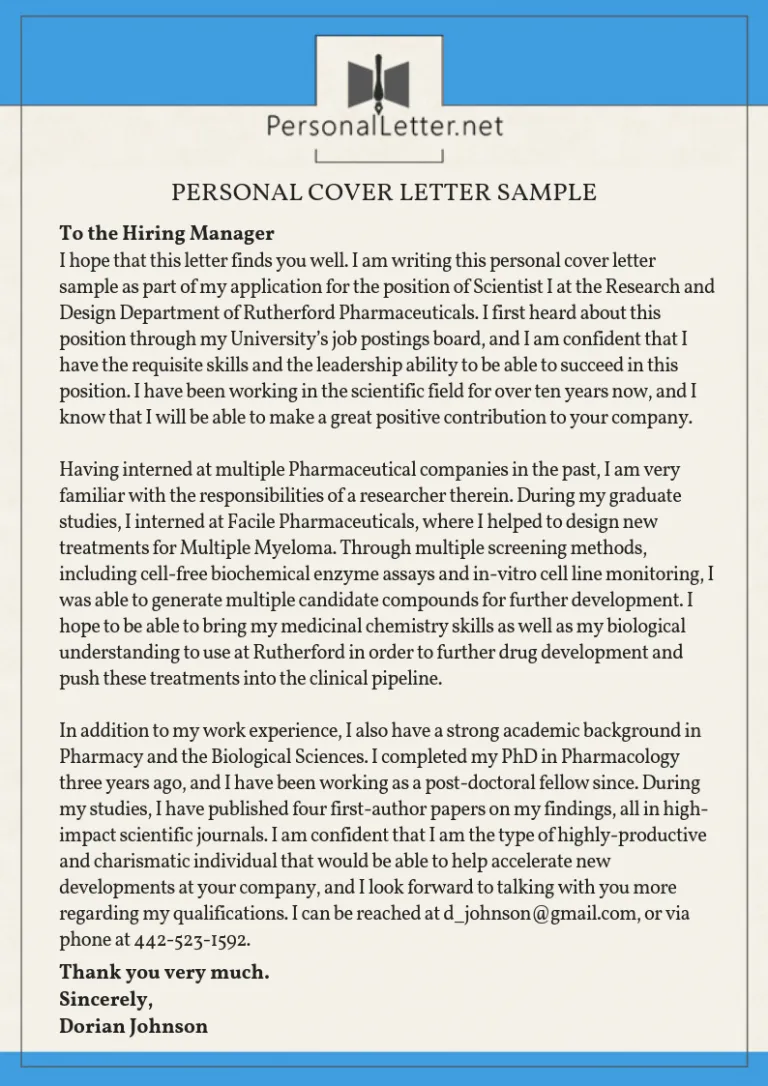
In conclusion, cover letters and personal statements, while both crucial components of the application process, serve different purposes. Cover letters are job application tools, focused on persuading an employer to read your resume and grant you an interview. They emphasize skills, experience, and alignment with job requirements. Personal statements are narratives, used for academic programs and opportunities. They highlight your motivations, goals, and personal experiences. By understanding these differences, you can craft compelling documents that improve your chances of success. Remember to tailor each document to its specific purpose and audience, following the guidelines and tips. With thoughtful preparation, you can showcase your strengths and make a lasting impression.
